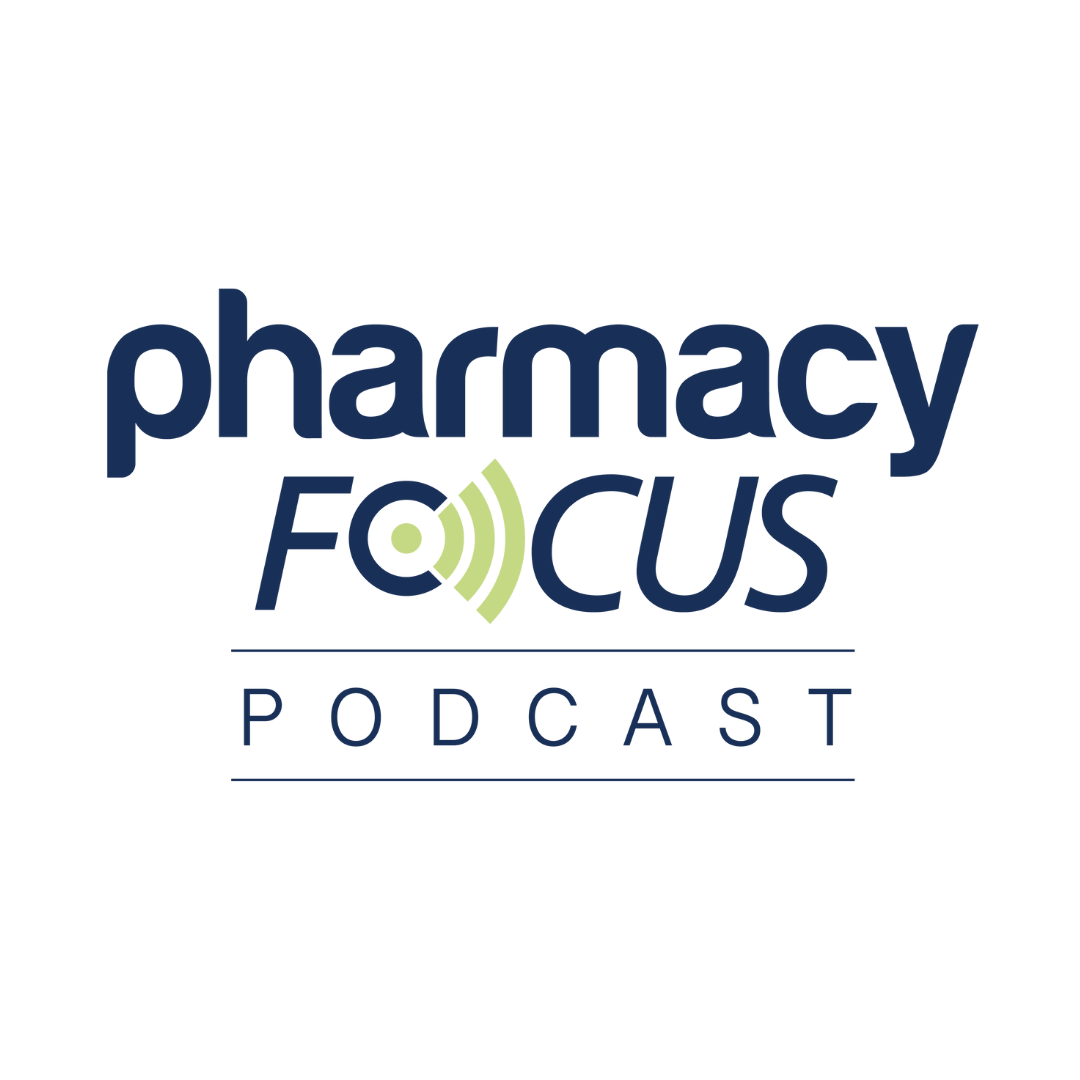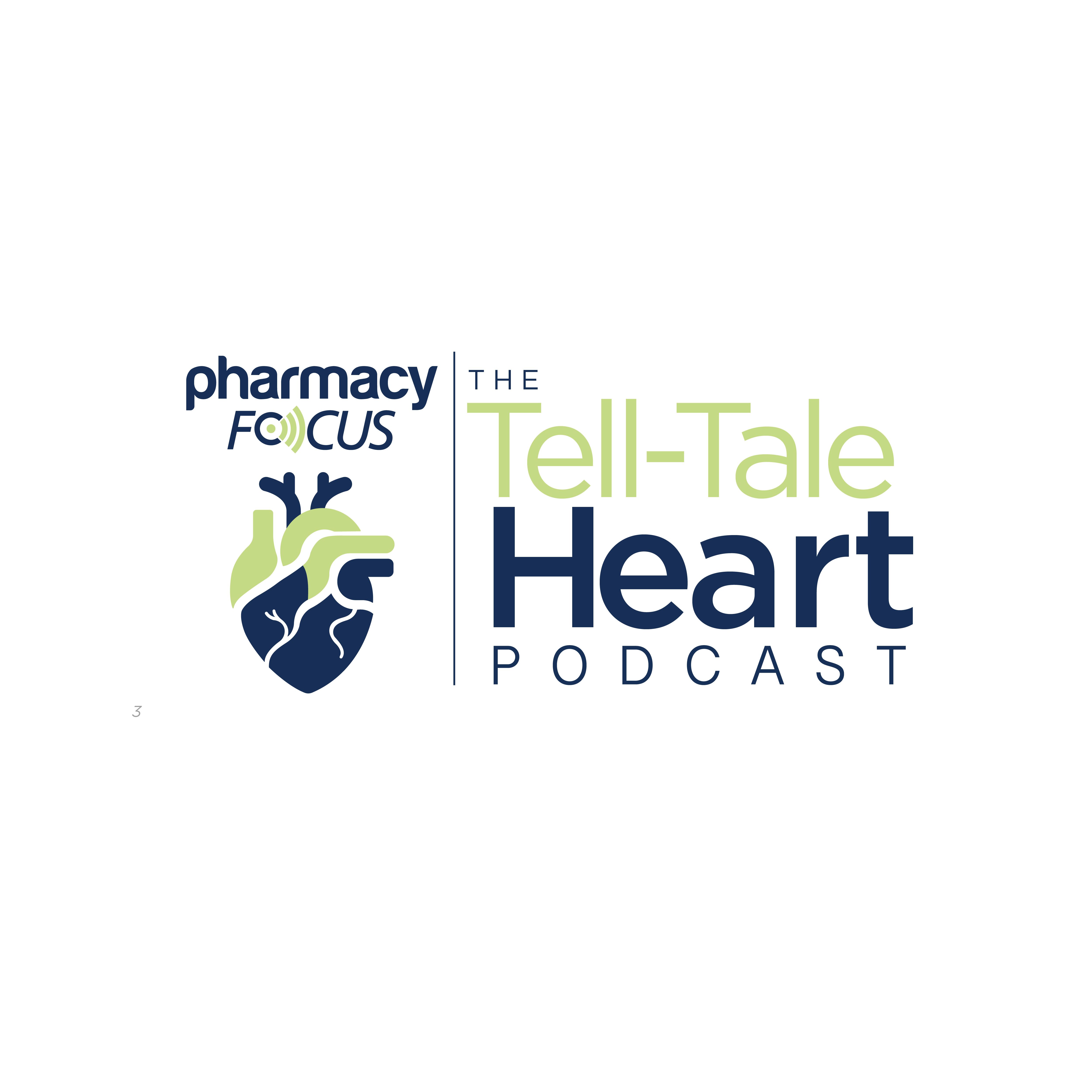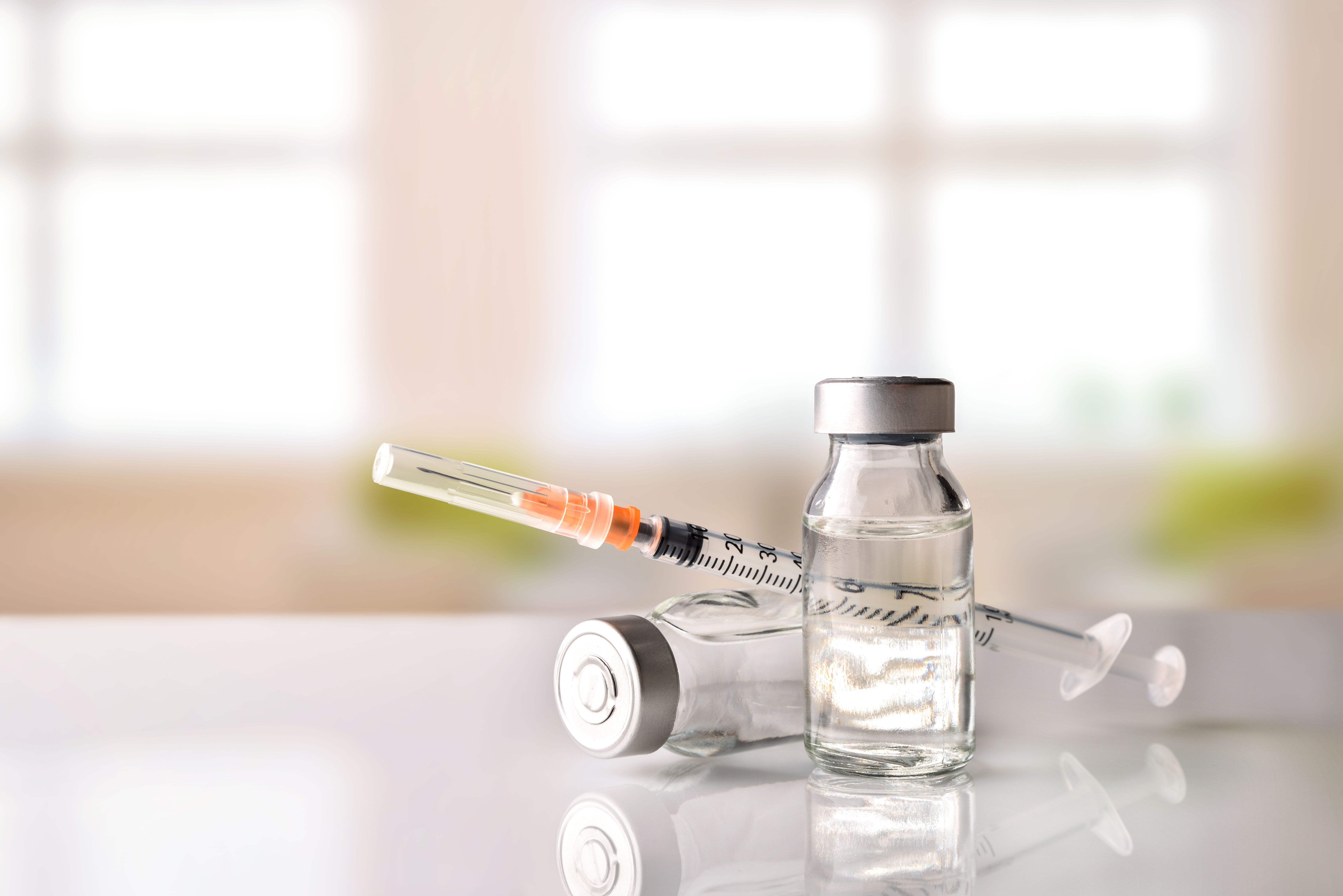News
Video
Finerenone Shows Promise in Heart Failure and Kidney Disease Management
John Ostrominski, MD shares insights into the safety and efficacy of finerenone, based on data from the FINEARTS-HF trial.
In an interview with Pharmacy Times®, John Ostrominski, MD, fellow of Cardiovascular Medicine and Obesity Medicine at Brigham and Women's Hospital, discusses findings on finerenone (Kerendia; Bayer), highlighting its effectiveness in reducing cardiovascular death and worsening heart failure (HF) events while maintaining a favorable safety profile. He offers insights into a secondary analysis from the FINEARTS-HF trial (NCT04435626) showed that its benefits remained consistent across different levels of kidney risk. These data were presented at the ACC 2025 Scientific Sessions.1
Pharmacy Times: Can you summarize the key findings on finerenone’s efficacy and safety in heart failure with mildly reduced ejection fraction (HFmrEF) or preserved ejection fraction (HFpEF)?
John Ostrominski, MD: So, there have been several analyses and several trials that have evaluated the treatment effects of finerenone in persons first with actually type 2 diabetes [T2D] and chronic kidney disease [CKD], and then more recently, in persons with [HF] with an ejection fraction of 40 or 40% or higher. And the primary results of the trial essentially showed a 20% reduction on the primary composite end point of cardiovascular death and total worsening [HF] events.
And that's the overall efficacy piece. And then the safety piece—there have been prior experiences with similar agents in the class, mineralocorticoid receptor antagonists [MRA]. And the one prior trial, called TOPCAT [NCT00094302], evaluated spironolactone [Aldactone; Pfizer Medical] which varies a little bit in terms of its actual— in terms of its mechanism of action compared with finerenone. And—but there were well-recognized higher incidences of increased potassium levels, but also lower risks of lower potassium levels. And finerenone, overall, within FINEARTS-HF, was very well tolerated. And there were slight increases in hyperkalemia and also lower risks of hypokalemia. And there were also slight increases in serum creatinine levels, but overall, the profile was very well tolerated.2
And in this particular secondary analysis—which is a pre-specified secondary analysis of the FINEARTS-HF trial—we essentially segmented the full population of FINEARTS-HF participants into three categories of kidney risk. And the first was low risk and moderately increased risk, and then high or very high kidney risk. And the 2 clinical parameters we used to define kidney risk were glomerular filtration, specifically estimated glomerular filtration rate, and then also urine albumin-to-creatinine ratio, which reflects albuminuria. Albuminuria is a very good metric that's widely used in clinical practice for defining kidney damage in addition to kidney function.
And what we showed, ultimately, was that individuals with a higher level of kidney risk at baseline had a much higher risk of several forms of adverse events. Critically, we showed that the profile of efficacy on total heart failure events and cardiovascular death was actually similar across these groups. And we also found that for several key safety outcomes—like treatment, essentially, permanent treatment discontinuations—that the overall risk of these events was not enhanced in persons at higher kidney risk. And well, and kind of well-categorized and well-understood slight increases in potassium also were kind of similar across these groups.
Pharmacy Times: How does finerenone compare to existing therapies for HFpEF and HFmrEF?
Ostrominski: Fantastic. So currently, in clinical guidelines, there really are strong recommendations for a particular class called sodium-glucose cotransporter 2 inhibitors [SGLT2]. And the 2 that are evidence-based—that have been, instead of, been well-studied—are empagliflozin [Jardiance; Boehringer Ingelheim] and dapagliflozin [Farxiga; AstraZeneca]. And those have really been solidified into contemporary treatment guidelines, given their benefits on worsening [HF] events and death. And there are weaker recommendations, especially in the United States, for other therapies that also likely have additional benefits, specifically other MRAs like spironolactone, and additionally also sacubitril/valsartan, which was studied in the PARAGON-HF trial (NCT01920711).3
Those 2 studies, of note, were very close to meeting the primary endpoint but did not meet the primary endpoint. But post hoc analyses suggest that there were particular populations in whom there was evidence of potential benefit. And so, with finerenone, what we see actually is that this is another trial, actually, in heart—in this population of individuals with HFpEF or HFrEF—a population that’s historically been very difficult to treat and historically lacking in proven therapies. And this is really the second large-scale trial that actually demonstrated significant benefits on cardiovascular death and worsening [HF] events.
And so, it’s distinct, one, for that reason—kind of this secondary trial that actually met its primary endpoint. But it also differs, I think, from other MRAs. As we were alluding to before, spironolactone currently is kind of more weaker recommended in clinical guidelines. And the overall profile of efficacy and safety actually, with finerenone, may be better. But I think just—it's much—the quality of evidence now is much—is more in favor of finerenone compared with spironolactone.
Pharmacy Times: How might the results of this study influence future guideline recommendations for heart failure treatment and kidney disease management?
Ostrominski: The first trials that evaluated finerenone in a large-scale format—outcomes trials—these were FIDELIO-DKD [NCT02540993] and FIGARO-DKD [NCT02545049]. And these two studies specifically focused on individuals with type 2 diabetes and proteinuric chronic kidney disease. And in both of those trials, the key message was that there were substantial benefits on reducing kidney events and also substantial benefits also in improving cardiovascular outcomes.4,5
And so, as a result of those 2 trials, finerenone was subsequently incorporated into international clinical guidelines—both focused on CKD [chronic kidney disease] but have also been incorporated into diabetes-focused clinical guidelines for individuals with diabetes and proteinuric CKD. And currently, that is—that is more—that's more or less the approach in CKD-oriented clinical guidelines, mostly due to the reductions in cardiovascular events and reductions in CKD progression.
In heart failure, I would say, finerenone does not yet have an approved indication for heart failure. It’s currently essentially being evaluated for one. But if it is ultimately approved within the United States, I would suspect that it would be incorporated into the next series of heart failure guidelines that I think are forecast to be released in the next one or 2 years.
Again, because we see that, one, the trial met its primary end point. It’s only one trial—it’s not multiple trials similar to SGLT2 inhibitors. But I do suspect that it would be incorporated into the next slate of [HF]-oriented guidelines.
The key thing—I think the key additional learning from the analysis that I conducted, I think, helps to provide further clarity on the profile of finerenone efficacy and safety in persons across a broad spectrum of kidney risk.
We've learned from observational studies that, while implementation of most heart failure therapies could certainly be improved, there remains substantial hesitancy sometimes that can present a barrier to implementation of MRAs like spironolactone due to concerns around hyperkalemia and concerns also around worsening kidney function in persons with heart failure.
I think, reassuringly, what we see in this secondary analysis of FINEARTS is that the overall profile of safety and efficacy was similar within each of these groups. And so, even in persons with high-risk or very high-risk kidney disease and heart failure, they're individuals that are very high risk and actually have substantial benefits.
REFERENCES
1. Study to evaluate the efficacy (effect on disease) and safety of finerenone on morbidity (events indicating disease worsening) & mortality (death rate) in participants with heart failure and left ventricular ejection fraction (proportion of blood expelled per heart stroke) greater or equal to 40% (FINEARTS-HF). Updated July 3, 2024. Accessed April 1, 2025. https://clinicaltrials.gov/study/NCT04435626
2. Aldosterone antagonist therapy for adults with heart failure and preserved systolic function (TOPCAT). Updated March 2, 2015. Accessed April 1, 2025. https://clinicaltrials.gov/study/NCT00094302
3. Efficacy and safety of LCZ696 compared to valsartan, on morbidity and mortality in heart failure patients with preserved ejection fraction (PARAGON-HF). Updated September 29, 2020. Accessed April 1, 2025. https://clinicaltrials.gov/study/NCT01920711
4. Efficacy and safety of finerenone in subjects with type 2 diabetes mellitus and diabetic kidney disease (FIDELIO-DKD). Updated July 24, 2023. Accessed April 1, 2025. https://clinicaltrials.gov/study/NCT02540993
5. Efficacy and safety of finerenone in subjects with type 2 diabetes mellitus and the clinical diagnosis of diabetic kidney disease (FIGARO-DKD). Updated April 15, 2022. Accessed April 1, 2025. https://clinicaltrials.gov/study/NCT02545049
Newsletter
Stay informed on drug updates, treatment guidelines, and pharmacy practice trends—subscribe to Pharmacy Times for weekly clinical insights.






